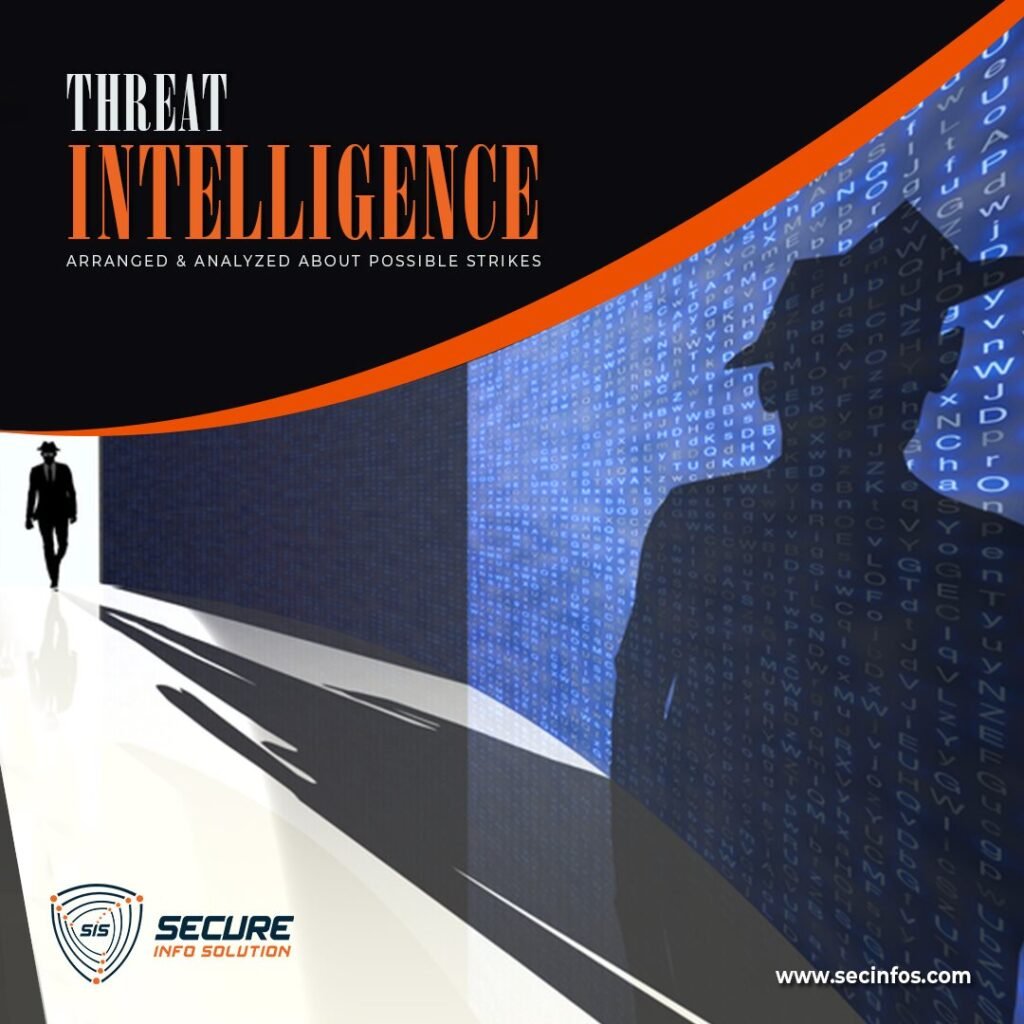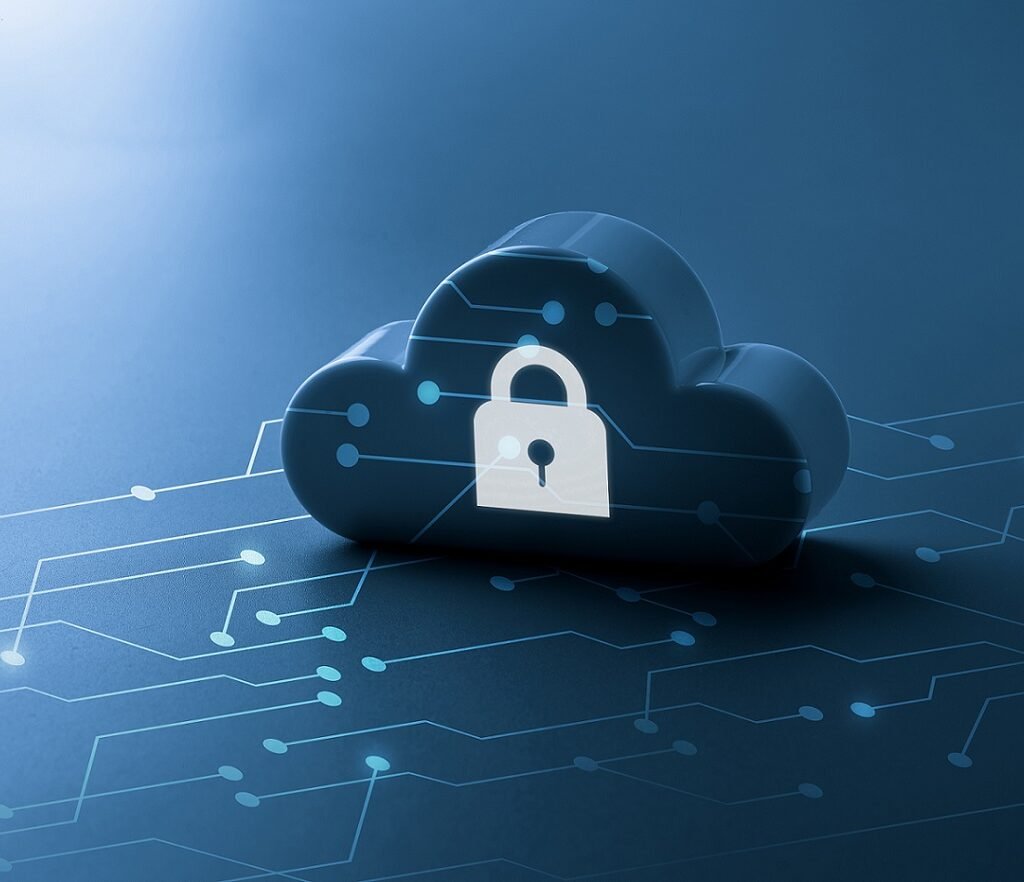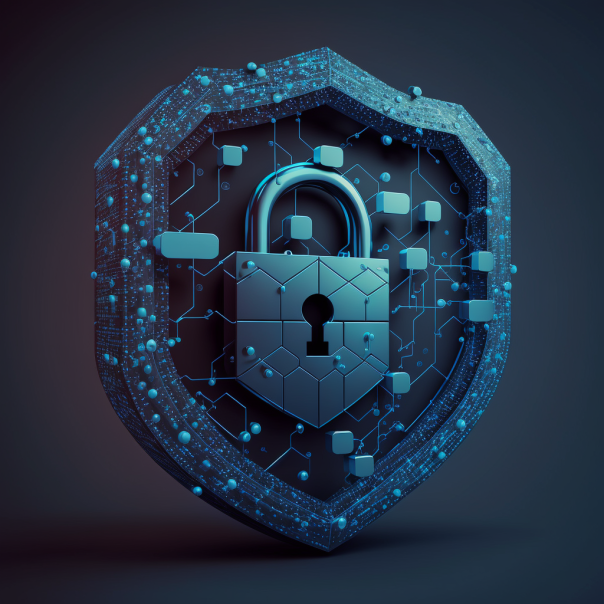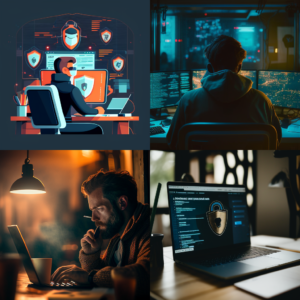
Phishing attacks are a common tactic used by cyber criminals to gain unauthorized access to sensitive information. These attacks use deception to trick individuals into divulging personal information, such as passwords or financial information.
In this article, we will take an in-depth look at phishing attacks, how they work, and what you can do to protect yourself.
What are Phishing Attacks?
Phishing attacks are a type of social engineering attack that use deception to trick individuals into divulging sensitive information. These attacks often take the form of an email or message that appears to be from a legitimate source, such as a bank or a reputable company. The message may contain a link to a fake website that appears to be legitimate, but is actually controlled by the attacker. Once the individual enters their personal information on the fake website, the attacker can use it to gain unauthorized access to sensitive information or commit fraud.
How do Phishing Attacks Work?
Phishing attacks use a variety of tactics to trick individuals into divulging sensitive information. Some common tactics include:
- Spoofing: This is when the attacker creates an email or message that appears to be from a legitimate source, such as a bank or a reputable company. The message may contain a link to a fake website that looks legitimate, but is actually controlled by the attacker.
- Spear phishing: This is a targeted phishing attack that is directed at specific individuals or organizations. The attacker may use personal information, such as the individual’s name or job title, to make the message appear more legitimate.
- Whaling: This is a phishing attack that targets high-level executives or individuals with access to sensitive information.
- Vishing: This is a phishing attack that uses voice calls instead of email or messages.
What can you do to protect yourself from Phishing Attacks?
There are several steps you can take to protect yourself from phishing attacks:
- Be suspicious of unsolicited emails or messages, especially those that ask for personal information.
- Be cautious of clicking on links or downloading attachments from unknown sources.
- Use anti-phishing software or browser extensions that can help to identify and block phishing attempts.
- Keep your software and operating system up-to-date to protect against known vulnerabilities.
- Keep your personal information private and be careful about how much information you share on social media.
- Regularly update your passwords and use a password manager to generate strong, unique passwords.
- Educate yourself and your team about the tactics and techniques used in phishing attacks
Conclusion:
Phishing attacks are a common tactic used by cyber criminals to gain unauthorized access to sensitive information. It’s important to understand how these attacks work and what you can do to protect yourself. By being vigilant and taking the necessary precautions, you can reduce the risk of falling victim to a phishing attack.



















